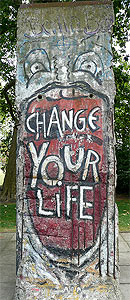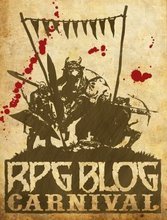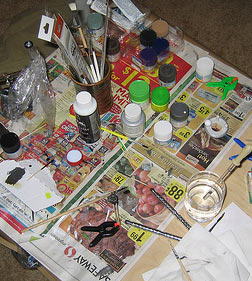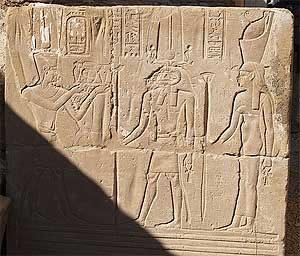 In the last couple of posts we’ve discussed what adventure seeds are and outlined the basic steps to fleshing them out into full-fledged adventures. Today, I’m taking an adventure seed I found on a gaming forum and fleshing it out into a rough adventure.
In the last couple of posts we’ve discussed what adventure seeds are and outlined the basic steps to fleshing them out into full-fledged adventures. Today, I’m taking an adventure seed I found on a gaming forum and fleshing it out into a rough adventure.
The Seed
Your group is tasked to infiltrate a high-security national leader’s compound by traveling with some entertainers he has hired for a private performance.
This comes from the RPG Life Member Forums.
Write Down Questions
Here’s where we really get into turning this short idea into an adventure. When reading over our adventure seed, what questions come to mind?
- Which national leader?
- What compound?
- What nation?
- Where is the compound?
- Who are the entertainers?
- What is the performance they’re going to do?
- Why is the leader having the performance (what’s the occasion?)
- Who hired the PCs?
- Why does (s)he need the PCs? Why not hire someone else?
- What security measures are in place?
- Why these entertainers?
- Why does the PCs employer want them to infiltrate?
- Do the PCs know why?
- Why should the PCs go?
- What happens if they succeed?
- What happens if they fail?
Back to the 6 W’s
We can group these questions into our 6 W’s of Adventure Creation and add in some more standard questions that should be asked about every adventure:
Who
- Who hired the PCs?
- Who is the national leader?
- Who are the entertainers?
- Who wants the mission to succeed?
- Who wants it to fail?
- Who leads the entertainers?
- Do the entertainers know about the PCs mission?
What
- What are the exact goals of the mission?
- What is the performance the entertainers are going to do?
- What kind of entertainers are they?
- What security measures does the location have?
- What maps do you need to create?
- What special items might the PCs need to succeed?
- What does the compound look like?
- What group or faction does the national leader belong to, if any?
- What group or faction does the PCs employer belong to, if any?
- What obstacles might stand in the way of the PCs succeeding?
- What will happen if the PCs succeed?
- What will happen if they fail?
When
- When is this performance to take place?
- What is the current date?
- How much time do the PCs have to prepare?
- How much time do the PCs have to complete the mission?
- How long is the performance supposed to last?
Where
- What nation is national leader a leader of?
- Are the PCs from the same nation or a different one?
- Is the PCs employer from the same nation or a different one?
- If different, what nation?
- Is it the same nation as the PCs?
- Where is the compound located?
- Where is the performance supposed to take place?
- What is the adventure’s starting location?
- What is it’s ending location?
- What other important locations might be important?
- What are the languages, customs, and practices of the entertainers? Are they different from the PCs?
Why
- Why do the PCs need to be the ones to go on this mission (there should be a reason beyond ‘they’re the PCs’)?
- Why did the national leader hire these entertainers?
- Why is (s)he holding this performance (what’s the occasion)?
- Why is this mission taking place? (Why does the employer want the compound infiltrated?)
- Do the PCs know why?
- Why should the PCs go?
- Why are the entertainers taking this job?
How
- How are the PCs going to fit in with the entertainers?
- How might they prepare for this mission?
- How might they succeed?
- How might they fail?
- How are the entertainers going to perform?
Most of the time, you’ll be creating an adventure for an established campaign or you’ll at least have an idea of the kind of setting you’re going to use this in. Since we’re creating an adventure from scratch, we need to decide some additional details, such as what genre we’re going to create this adventure for. The seed itself seems imply a science fiction, superhero, modern day, or cyberpunk-style setting. Since I want to show you that you can adapt adventure seeds that may not seem to be a perfect fit at first, let’s not use any of those. I’m going to set this in a “standard” high-fantasy genre.
Next time we’ll begin answering the questions.
[Photo courtesy of Horia Varlan via Flickr Creative Commons 2.0].
Other posts in this series:
- And Then What Happened? Using Adventure Seeds/Hooks/Starts/Ideas
- Step By Step: Using Adventure Seeds/Hooks/Starts/Ideas, part 2
Articles Zemanta thinks may be related
- Beginnings, Middle & Ends (abstractxp.wordpress.com)
- Re-examining the Dungeon: Section, Factions and Fronts (critical-hits.com)
- Game Master Tool Illustrated: Plot Flowcharts (campaignmastery.com)


















